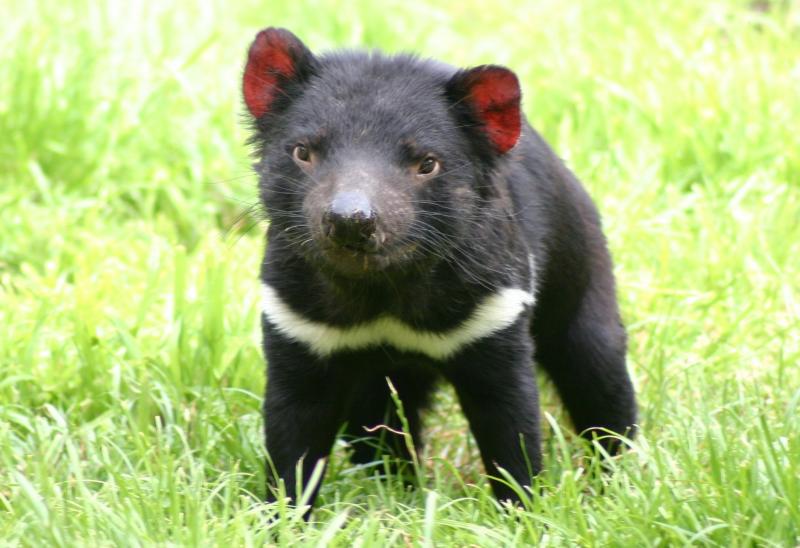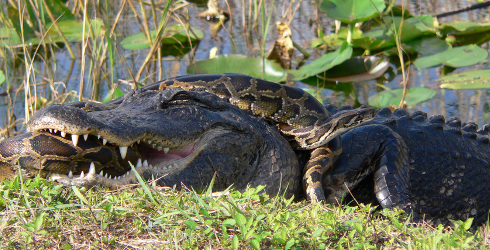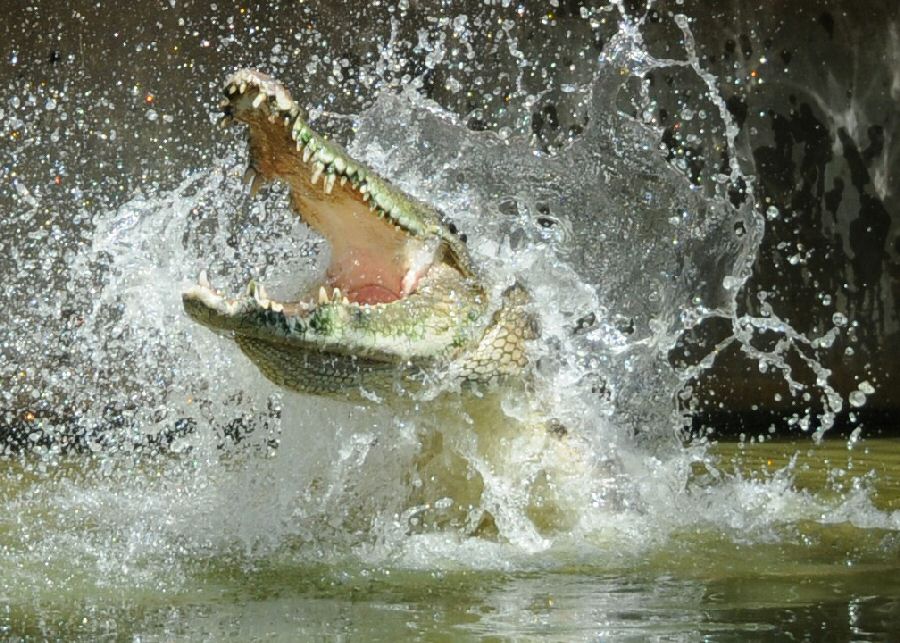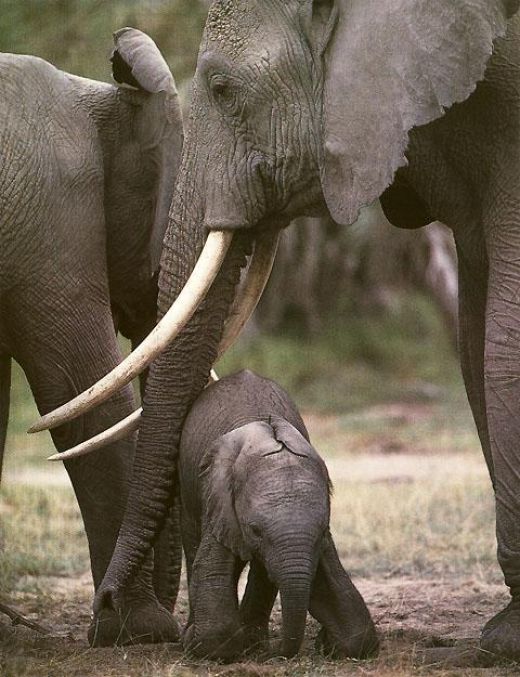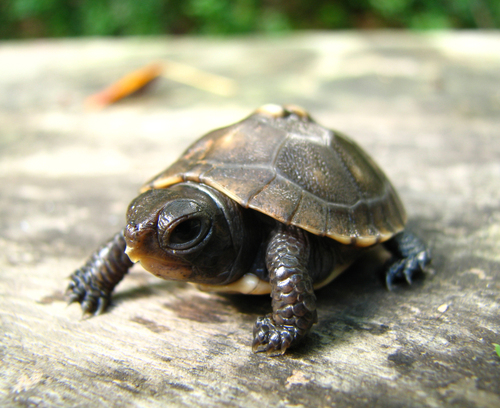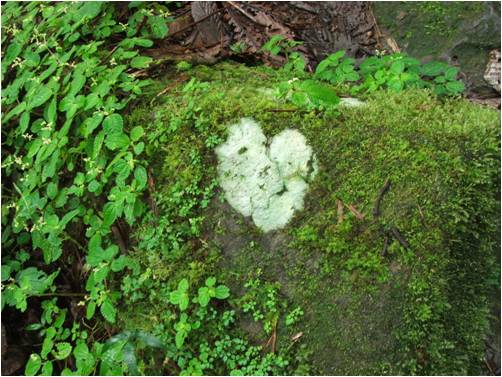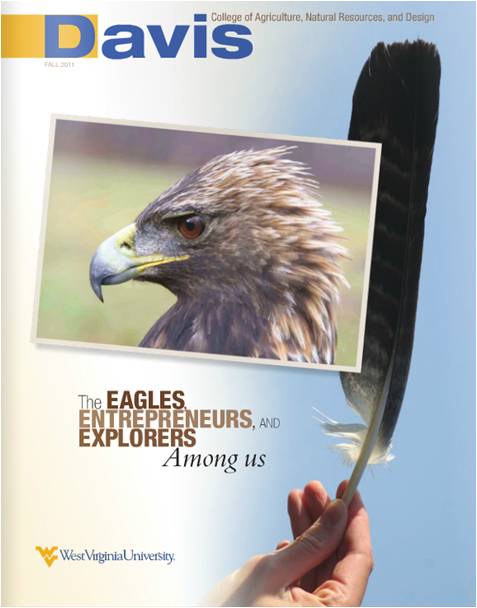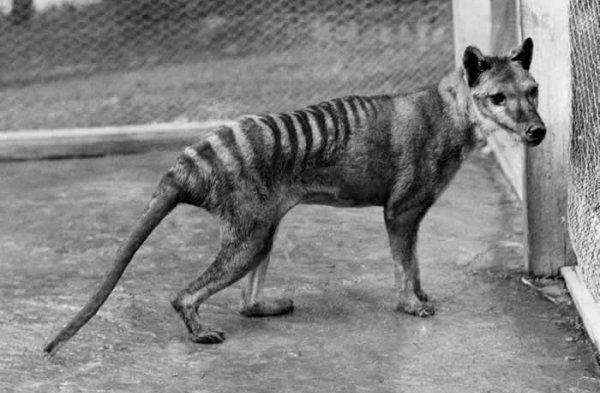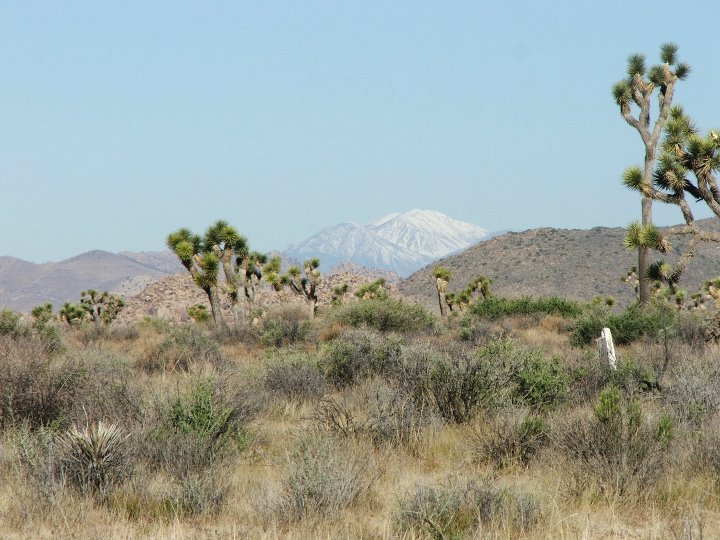In honor of Australia Day I thought it would be fitting to write about one of their most beloved species, the Tasmanian devil. Immortalized as the spinning, incoherent cartoon character, the survival of the real Tasmanian devil is in peril. A communicative disease called Devil Facial Tumor Disease (DFTD) is decimating the devil population of Tasmania. As researchers race to understand the etiology behind DFTD the devils face an uncertain future. Devil Facial Tumor Disease was first documented in 1996 in northeastern Tasmanian. The disease is characterized by large, fast-growing cancerous tumors that are found around the face and inside …
Devil Facial Tumor Disease
